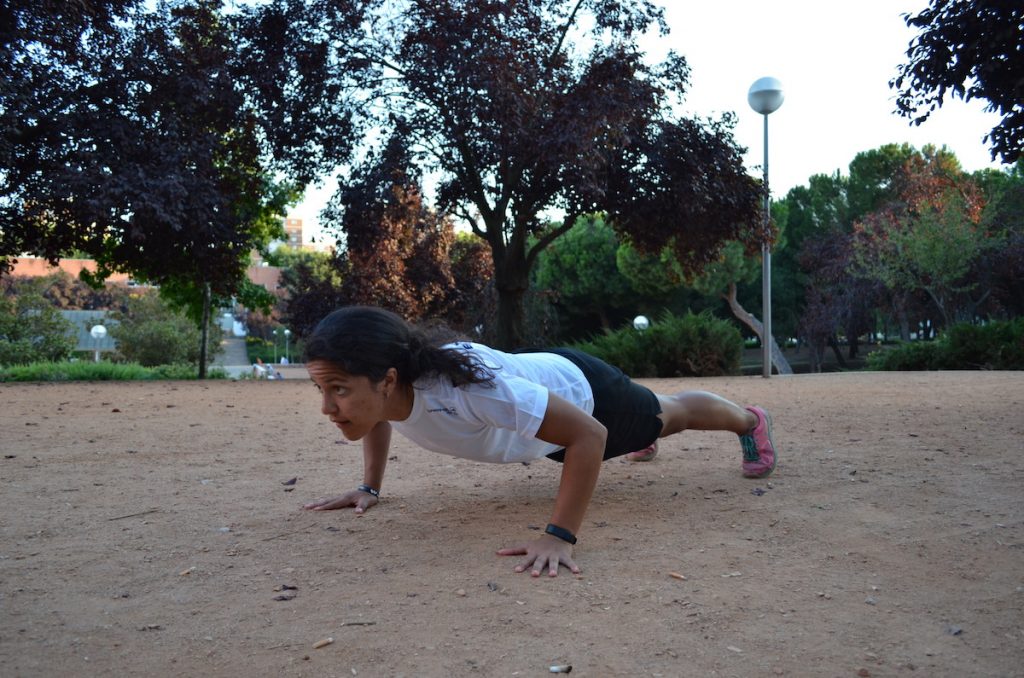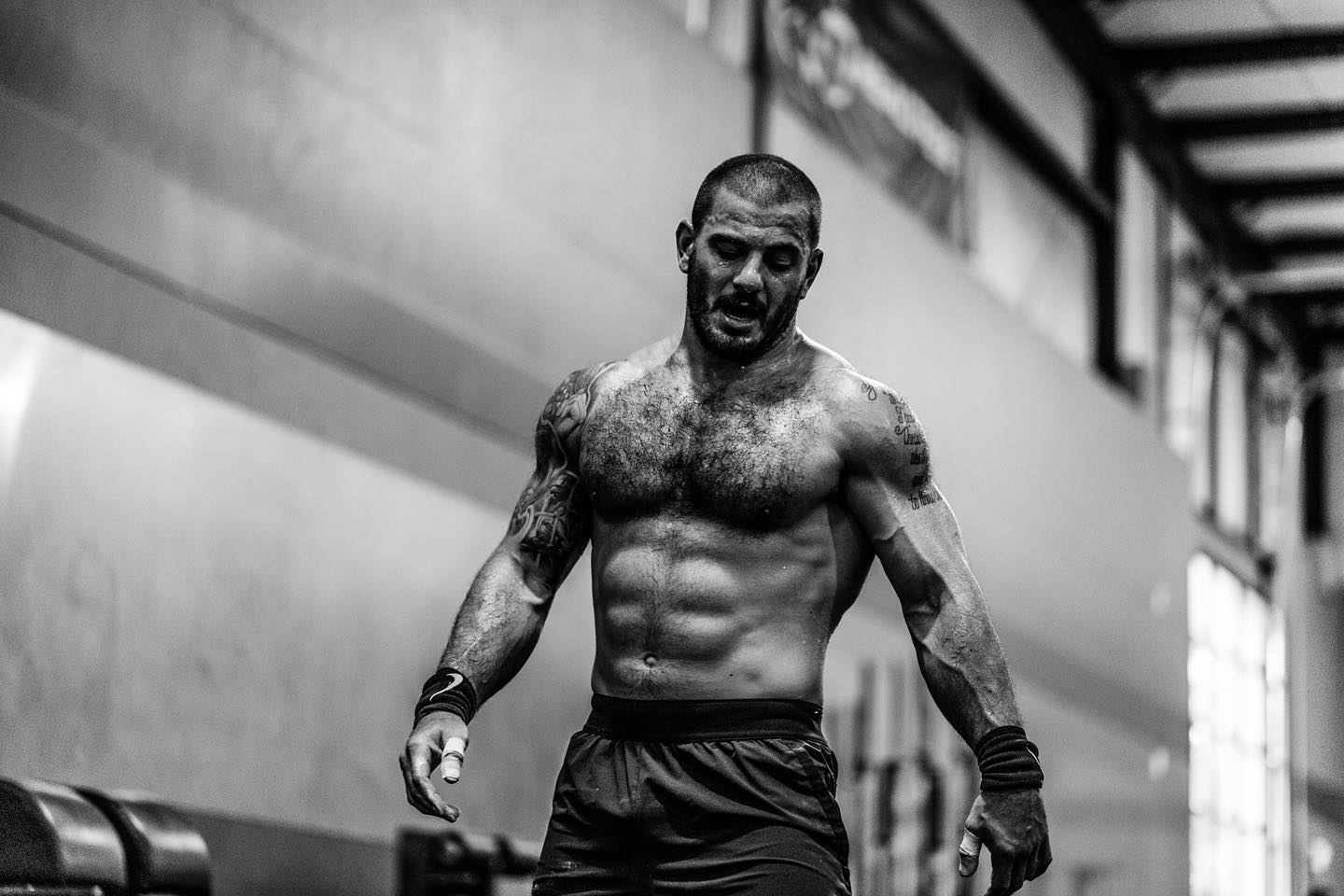Staying healthy while fighting the Coronavirus
Amongst the protective measures taken at an international scale to impede the advances of the Coronavirus, we’re faced with an unprecedented situation: CrossFit boxes and gyms are being locked down.
Moreover, social distancing is also being reinforced which ultimately means we can’t go to our neighborhood’s park to jump onto benches and do pull-ups on the monkey bars. Altogether, these circumstances will disrupt our daily routines and we’re at risk of seeing our healthy lifestyles take a hit.
A test of character
There’s a silver lining to every unfavorable situation and, in this case, we’ll get to put our true nature to the test. Using the virus and the measures against it as an excuse to abandon self-care activities will be one of the biggest threats for the general population.
If we’re aware of this possibility and take action, we might be able to keep our sense of self alive and well to endure these circumstances. Many CrossFiters have invested heavily in this training methodology and lifestyle; this disconnect is just another test of the unknown and unknowable: how do you fare in unforeseeable situations?
Our body is the machine

We’ve probably heard it a million times but you’d be surprised the amount of people who flee the box when there’s not a barbell in sight. Well, turns out you’ll probably have to turn to bodyweight movements and cardio machines for a little bit (unless you’re lucky enough to have a fully-equipped home gym).
Don’t panic! Here’s a list of devastating minimal equipment WODs to keep you busy. You also have free access to programming on CrossFit mainsite – which usually includes a home version of it -. You can also find home workouts for free on Noah Ohlsen’s instagram page or daily home workouts at Comptrain’s website.
I’ve been on the home WOD wagon for quite some time because I enjoy training by myself so here’s a few of my go-to home burners:
- Death by burpees: on the first minute, 1 burpee; on the second minute, 2 burpees; third minute, 3 burpees; … and you keep going until you fail to fit in the mandatory burpees and end up lying in a pool of sweat.
- Marguerita:
- 50 rounds for time:
- 1 burpee
- 1 pushup
- 1 jumping jack
- 1 sit-up
- 1 handstand
- Hero WOD Zachary Tellier (I was sore for 3 days):
- 1st round – 10 burpees
- 2nd round – 10 burpees 25 pushups
- 3rd round – 10 burpees 25 pushups 50 lunges
- 4th round – 10 burpees 25 pushups 50 lunges 100 situps
- 5th round – 10 burpees 25 pushups 50 lunges 100 situps 150 air squats
- 50 rounds for time:
Also, you can adapt any of the CrossFit benchmark WODs using odd-objects as weights (gallons of water, your couch, a backpack filled with books, …) and your furniture as gymnastic equipment (chair dips, rows under your table, …). Remember: «necessity is the mother of invention!»
Stress & anxiety management
By definition, anxiety is a series of physiological, cognitive and behavioral mechanisms that are activated in response to a perceived threat. Current events can definitely be considered a real threat because they involve two key aspects: a potential health issue and uncertainty. Therefore, many of us may be experiencing symptoms of anxiety.
This can also be paired with a stress response if the negative impact on our economy and social life is perceived as a burden that can’t be managed using our existing resources. If this state becomes chronic, the consequences for our physical and mental wellness can be devastating.
We must sharpen our anxiety & stress management tools to keep the intensity at a manageable level. Here’s a few of them to start off with:
- Tolerating uncertainty – worrying about the near future is justified for the time being because the threat is real; however, it does no good to have these feelings interfere with other cognitive and/or emotional processes. Learn to coexist with the uncertainty and accept it without judgement.
- Distracting tasks – when negative emotions reach a significant level of intensity, we can try to refocus our attention using distracting tasks: reorganize your wardrobe, get up to speed with your favorite TV shows or movies you’ve been trying to watch for some time, etc. Remember that attentional resources are finite and if you’re too busy deciding what to watch on Netflix, you won’t have enough left to spend on other worries.
- Check 2-3 reliable sources of information – unfortunately, fake news are all over the place spreading generalized neurosis, conspiracy theories and what-not. Negative emotions live off these alarming news so I invite you to try and shy away from them. Identify 2 or 3 reliable sources of information to stay updated but don’t binge on refreshing the news feed. Otherwise you’ll enter a vicious circle where checking the news reduces anxiety and you’ll be doing it every other minute.
Keys to eat clean
If you’re motivated to keep living the healthy life despite the increasing difficulties we’re facing, diet is an aspect you should look into. Being confined within the four walls of our apartments is usually paired with boredom. And guess what? Boredom is a main precipitator for eating out of gluttony.
What’s our food of choice when we feel like snacking? Not broccoli, no sir. We indulge in ultraprocessed tasty foods to release dopamine in our brain’s reward pathway and momentarily defeat the boredom. In the long run, this’ll take its toll on both our bodies and our eating habits.
Here’s a few tips to help keep up the healthy food-related behaviors:
- Practice batch-cooking: if you’re not a fan yet, this might be your moment. Let’s face it, all we have is time on our hands so there’s no excuse. Plan out your weekly meals, cook them all and store them away. This serves a double purpose: first, it allows us to fill in the blanks on our menus (if we have to improvise, chances are we’ll go for ultraprocessed foods since they’re usually more available) and, second, it acts as a distracting task.
- Defeats boredom: as we just mentioned, we need to keep our minds (and hands!) busy. If you’re lying on the couch and boredom creeps up on you, we all know what comes next: bag of chips, tub of ice-cream, cookie jar, etc. But hey, if you’re going to let yourself indulge for a bit, then have at it! Just don’t let it become a constant in your eating habits.
- Stimulus control: this concept has already been discussed in this blog (check out this article) and there’s no doubting its efficacy. If I don’t perceive stimuli related to unwanted behavior, chances of emitting said behavior are considerably reduced. If you see that pack of Oreos on the table every time you walk into the kitchen, your desire for it will grow until there’s no other option but to grab it and go to town on it. We’re not made of stone but we’re also very simple. Keep it out of your peripheral sight and thank me later.







